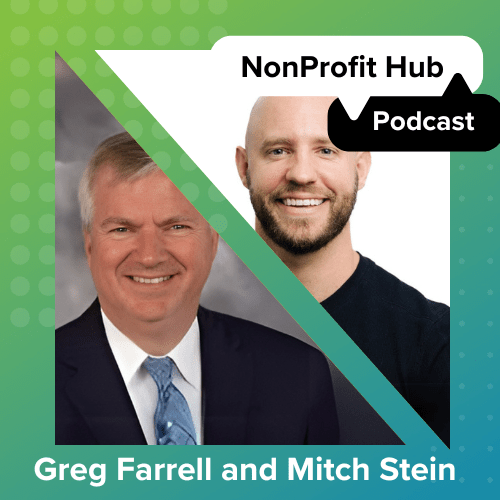With the rise of GoFundMe and its newly acquired nonprofit arm, CrowdRise, we’ve seen firsthand the power of social media when it comes to fundraising. GoFundMe pages on Facebook get tons of exposure through the power of sharing in order to collect personal funds for study abroad programs, weddings or surgeries, but now, with CrowdRise, nonprofit fundraising is added into the mix. Regardless of the cause, it’s clear that people care—GoFundMe processes over 30 donations every minute.
But who’s contributing to these to these social fundraising campaigns, and how, exactly, do these people give? In a new data report from CrowdRise, we can make three big conclusions about participation in social media fundraising.
1. Mobile? In. Desktop? Out (kind of)
In 2017, 79 percent of all GoFundMe traffic was from mobile devices, up a relative 11 percent from 2015. And 62 percent of all donations were made over the phone rather than on a desktop computer. What does that tell us? First of all, this means your nonprofit needs a mobile-friendly platform to reach a wider audience. Although desktop traffic has a much better conversion rate (that is, a higher percentage of people that visit the page and actually donate), it’s crucial to make social media a big focus. Social media can translate to page views, and if you’re getting a lot of page views, your nonprofit brand will naturally reach more people through word of mouth.
2. The demographic of social media donors
As you could probably guess, online donors are significantly younger than the average nonprofit donor. People aged 25-44 made up nearly half of all GoFundMe donations last year, and the 18-24 age group made up 11 percent.
Nonprofit donors are also overwhelmingly middle-class: 92 percent of all CrowdRise donations last year were from middle-class households. Although certified charity donors usually come from wealthier backgrounds, 23% of online nonprofit donors were making less than $50,000 per year.
Finally, women are more likely to donate to nonprofits than men. They donated 64 percent of the total funds raised last year, and were proven 6 percent more likely to be repeat donors. “These findings are consistent with research that shows that women are more likely to volunteer and connect with the emotional side of giving,” the report said.
So, if you’re tailoring your online marketing to young, middle class people—especially women—you’re doing something right.
3. Mobile donors make more, smaller donations
CrowdRise’s report also confirmed what many us suspected: mobile donors tend to make smaller donations, more often. In 2017, over 68 percent of donations were of $50 or less. While this doesn’t sound too great at first, it’s important to remember you’re reaching a much wider audience with mobile. While some nonprofits choose to target a small group of people that contribute larger amounts, GoFundMe’s community suggests that encouraging smaller donations from a larger amount of supporters is equally, if not more, effective. So if you’re not seeing many thousand-dollar donations, don’t panic. If your social media platform is effective and accessible, a larger amount of little contributions will get the job done just as well.
It’s also important to note that, according to the report, 20 percent of donors share the campaign on social media after they donate. For every $15 donation from the original donor, an average of an additional $13 was collected from that share. So remember: if your platforms aren’t mobile and social media friendly, you could be losing money!






